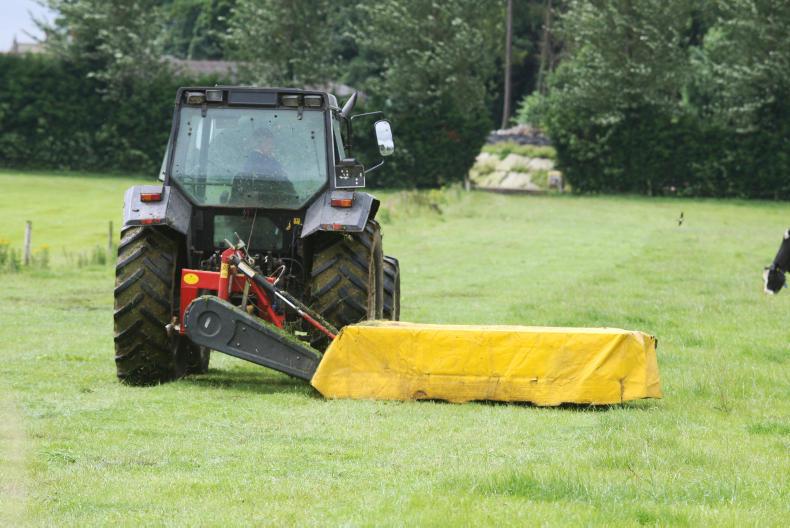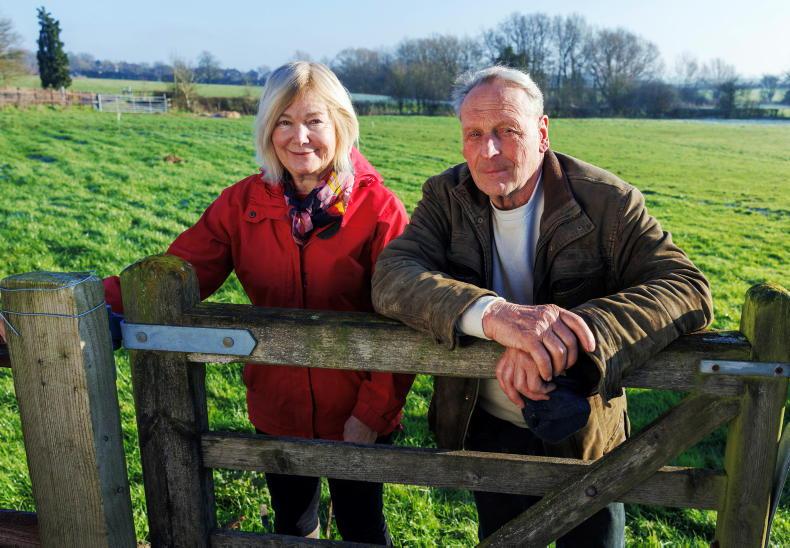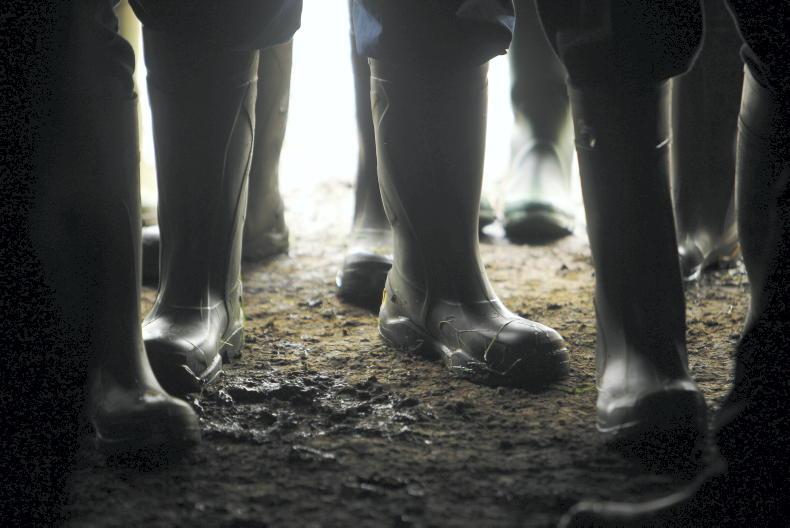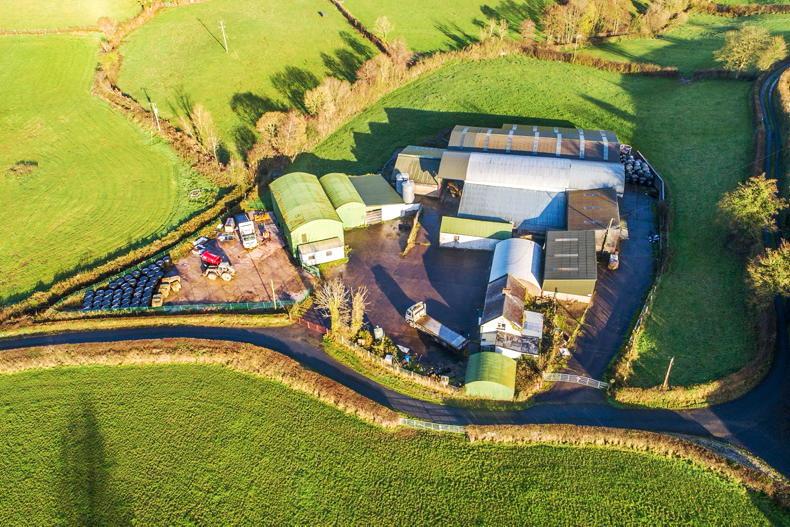Seed heads are emerging in grazing swards across the country over the last week or so. This is even being seen at low sward heights, due to the lack of moisture which is stressing the grass plant.
In times of stress, the grass plant will try to send up a seed head in an attempt to reproduce and survive the drought conditions. This leaves farmers debating whether to top or not post-grazing.
The very act of topping grass can divide opinion among farmers. Some see it as a useful tool to maintain grass quality throughout the summer months, while others see it as a result of failed grassland management.
Cutting paddocks
In truth, even with the best grassland management, there are times that cutting paddocks post-grazing is necessary. I say cutting, rather than topping, as they are two very different things and I think they need to be distinguished.
The whole idea of going into a paddock with a mower post-grazing is to remove the ungrazed stemmy grass left after stock. The idea is to reset the paddock so that when stock re-enter for grazing the next time, they are met with a highly digestible, leafy sward at their feet.
Pleasing on the eye but of little benefit to the quality of the subsequent grazing
The problem on some farms is that the mower used is not cutting the grass low enough to achieve this reset.
Taking the seed heads off and mowing out around dung pads may be visually appealing, but it is no more than recreational diesel-burning - pleasing on the eye but of little benefit to the quality of the subsequent grazing.
Disc mowers work well at achieving a cleanly cut sward, with a cut height below the 5cm necessary to benefit the quality of the regrowth.
Current situation on farms
Currently, a lot of farms are starting to get tight for grass, or where supply is not an issue, quality is becoming a problem due to seed heads emerging – even at low grass covers.
While, ideally, heavy covers are removed as surplus grass, with growth rates slowing some farms are being forced to graze these heavier covers. Mowing post-grazing will most likely be required in these instances.
Where grass supply is very tight, the option is there to mow 12 to 24 hours prior to moving stock, allowing them time to clean up the cut grass.
However, we must remember that forcing stock to eat this poorer-quality grass is going to have a negative effect on production and so this should be avoided with priority stock as much as possible.










SHARING OPTIONS